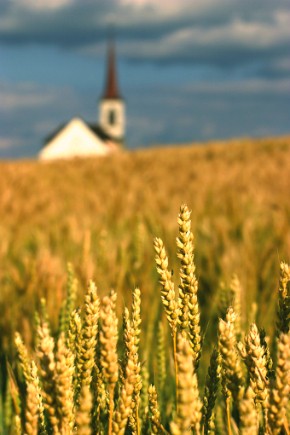Soil and soul: Our Protestant agrarian past

The idea of environmental stewardship has so thoroughly structured contemporary Christian thought that almost all Christian organizations characterize their efforts to care for creation in terms of stewardship. The scholarly consensus has been that the idea of stewardship is a relatively recent phenomenon within American Christianity. Robert Booth Fowler, for instance, has argued that Protestants really awoke to environmental challenges only after the first Earth Day in 1970.
Not only is stewardship seen as a recent development, but historians have argued that it was originally a secular idea, adopted later by Christians. Typically, the idea of stewardship is traced back to Aldo Leopold’s 1949 A Sand County Almanac. Mark Stoll, for instance, has argued that when Christianity embraced the idea of stewardship, it was “essentially an act of baptism of the thoroughly secular Aldo Leopold’s ‘land ethic.’”
Significant as Leopold’s land ethic was, Protestant agrarians had in fact developed the idea of stewardship a decade or more earlier than Leopold. During the Depression, they were already constructing a theology of agriculture and conservation that looked very much like Leopold’s. This theology of stewardship was developed in congregations, on farms, and in the meetings of missionary organizations and government offices. It wove together the three elements that environmental historian Donald Worster argues were new in Leopold’s thought: science, ecology, and the importance of community.




